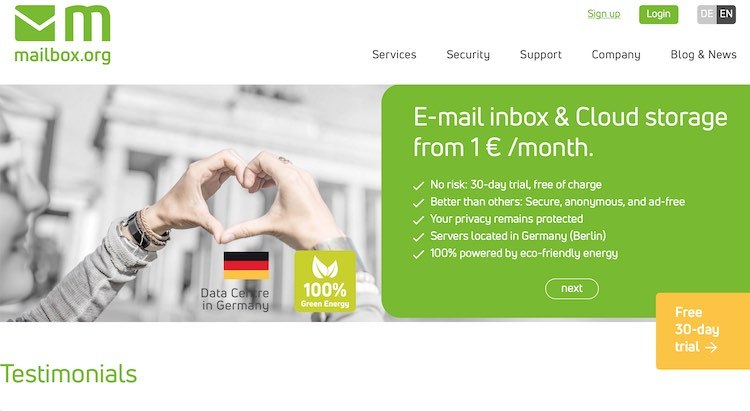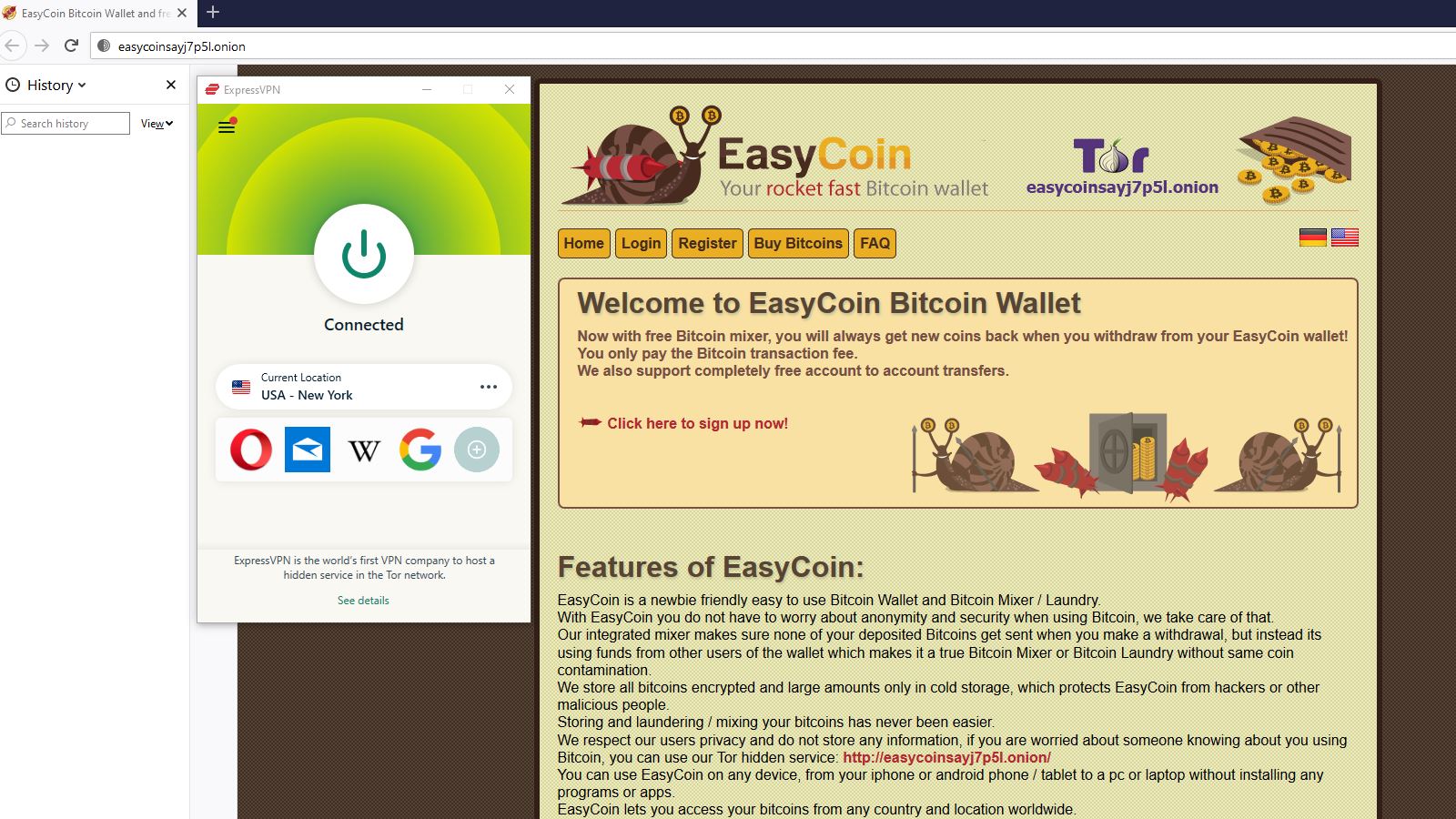
To prevent this data leakage, technologies have been invented to help protect privacy. Plus, if you happen to go to any websites that use HTTP instead of HTTPS, then your ISP and anyone else sharing a WiFi connection will be able to see that traffic in the clear. It also allows them to see if you are accessing any sites that they think you shouldn’t be. Also, they can see where the data came from, which in this case is your computer! If you are concerned that your ISP (think Xfinity, Spectrum, AT&T, etc.) can see what websites you’re browsing and how long you are spending on them, then HTTPS won’t be enough.īecause all of your traffic is routed through your ISP, it is especially easy for them to track your usage and collect data about your browsing habits. However, there are some cases where HTTPS isn’t enough.įor example, even though no one eavesdropping can see what data you’re transmitting, they can still see where data is being sent (for instance, Facebook or Amazon). Great! At first blush, this seems like a perfect solution, and in many cases, it is sufficient to protect your sensitive data from hackers. Only the server you are communicating with has the necessary keys to decrypt your data and process your request. And anyone else sniffing the wire between you and the website you’re accessing won’t be able to decrypt the encrypted data you’re transmitting. Since your data is encrypted locally on your computer before being sent to the server, eavesdroppers sharing your WiFi connection won’t be able to see your traffic. HTTPS is an extension to HTTP that uses TLS to encrypt data from your computer before it’s sent to the remote server. We’ll start out with everyone’s good friend, HTTPS. HTTPS - Hypertext Transfer Protocol Secure We will explain how these technologies can be used together, but first, let’s take a look at each one individually. It’s even possible to use all three at the same time to maximize privacy! While each of these technologies provide a layer of privacy, each has a distinct set of advantages and limitations that you should be aware of. Other names may be trademarks of their respective owners.If you have ever taken an interest in retaining your anonymity and privacy online, you have almost certainly seen the acronyms HTTPS, VPN, and Tor come up.

VPN PLUS TOR BROWSER ANDROID
The Android robot is reproduced or modified from work created and shared by Google and used according to terms described in the Creative Commons 3.0 Attribution License. Microsoft and the Window logo are trademarks of Microsoft Corporation in the U.S. Alexa and all related logos are trademarks of, Inc. App Store is a service mark of Apple Inc. Mac, iPhone, iPad, Apple and the Apple logo are trademarks of Apple Inc., registered in the U.S. Android, Google Chrome, Google Play and the Google Play logo are trademarks of Google, LLC. Firefox is a trademark of Mozilla Foundation. or its affiliates in the United States and other countries. NortonLifeLock, the NortonLifeLock Logo, the Checkmark Logo, Norton, LifeLock, and the LockMan Logo are trademarks or registered trademarks of NortonLifeLock Inc. LifeLock identity theft protection is not available in all countries.Ĭopyright © 2021 NortonLifeLock Inc.

The Norton and LifeLock Brands are part of NortonLifeLock Inc.


 0 kommentar(er)
0 kommentar(er)
